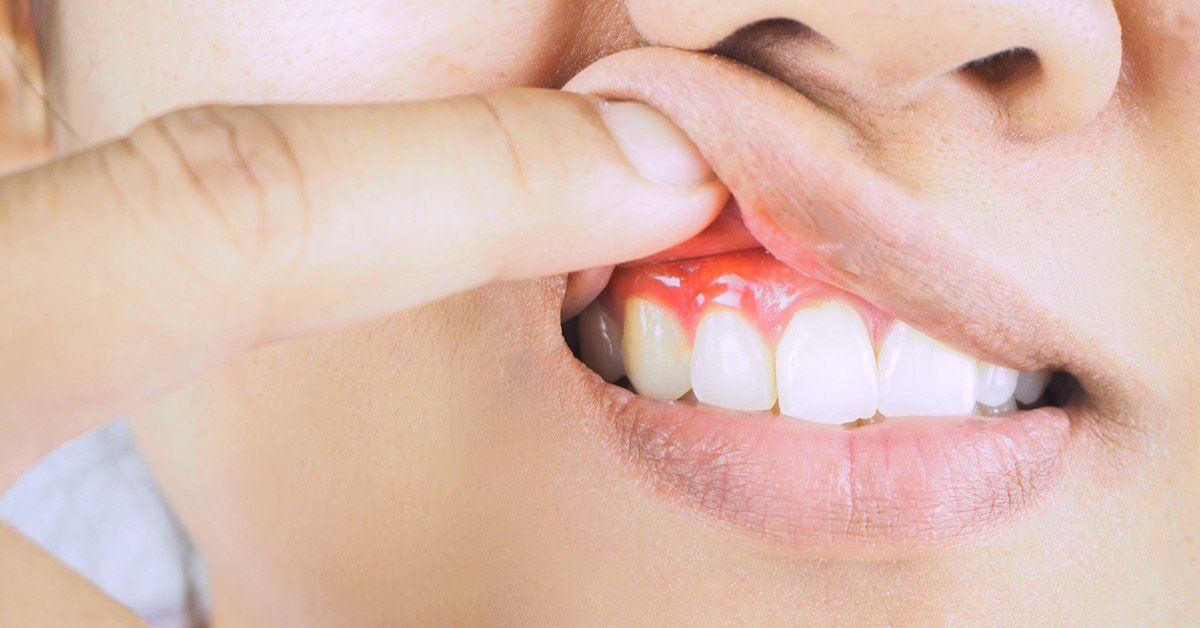Gingivitis: Symptoms, Causes, and Treatments
Orthodontics can help you in a huge number of different ways. Let's take a look at some of the best reasons to have orthodontic treatment.
Have you spotted blood on your toothbrush? The sight of blood can raise alarm bells whenever you see it. Generally, you don't need to call 911, it's more likely that you have gingivitis.
That's not to say that you shouldn't take gingivitis seriously. If it's not treated, then it can lead to more serious diseases. You could even lose a few teeth, and the Tooth Fairy won't pay out on these.
Thankfully, with some help from your dentist and some healthy new habits, you can beat gingivitis. Here's what you need to know on how to stop the bleeding.
What Are the Gingivitis Symptoms to Look Out For?
Because it doesn't cause a lot of pain, most people might not even know they have gingivitis. Instead, you'll need to look out for some of the common symptoms, which can include:
- Red or puffy gums
- Gums bleeding after brushing or flossing your teeth
- Sore gums that don't seem to heal
- Toothaches or sensitivity to hot and cold foods or liquids
- Bad breath due to plaque and bacteria build-ups
- Loose teeth or changes to fitting after biting or chewing
- Receding gums
As soon as you identify any of these symptoms, you should book an appointment with your dentist. Together you can construct a plan of attack and a gingivitis treatment plan.
What Causes Gingivitis?
One of the most common reasons for gingivitis is plaque buildup on the gums and teeth. Toxins that are found in plaque cause irritations to the gums. This is what causes them to turn red and become puffy or inflamed.
However, this is only one of the causes of gingivitis. Some other behaviors or factors are also responsible for the disease. If these causes apply to you, then you need to seek dental expertise on how to treat it.
Smoking or Any Tobacco Use
It's widely known that smoking can lead to multiple health issues, including gingivitis. However, compared to non-smokers, they have a higher chance of suffering from this gum disease.
Not Completely Removing Plaque
Poor brushing and flushing habits can come back to haunt you. If you don't get the plaque around the gum lines, then it will eventually build and contribute to gingivitis.
Stress or Anxiety
Stress and anxiety can weaken immune systems. This makes it difficult to fight any infections in your body, including gum diseases.
Hormone Changes
As your body changes through puberty, menstruation, pregnancy, and menopause, so does the sensitivity to your teeth and gums. You'll need to establish strong habits and brush regularly during these periods of your life to protect your smile.
Poor Nutrition
If your body isn't getting what it needs to build immunity, then it won't be able to fight infections. It's important to understand the nutrients you need to overcome diseases like gingivitis.
Medication
If your doctor prescribes or recommends any medications, you should ask if any side effects will impact your teeth. If they can't answer this, ask your dentist.
Chronic Diseases
When your body is under strain due to diseases such as cancer, diabetes, or HIV, the immune system cannot fight infections like it used to. A dentist or hygienist can work with you on finding other alternatives to treat gingivitis.
Family History
If mum or dad has suffered from gingivitis in the past, then it's possible they passed this gene on to you. However, this doesn't mean that you can't defeat it.
How to Treat Gingivitis?
The first phone call you should make when you spot any signs or symptoms of gingivitis is to your dentist. Once they have better clarity of what could have caused the disease, they can work with you on ridding it from your mouth.
The key method is to eliminate as much plaque from your gums and teeth as possible. A hygienist can get rid of any plaque and tartar using dental tools. You can also take some steps to ensure that you don't need to book another appointment because it's come back.
Change Your Toothpaste
You'll want to make the switch to an anti-gingivitis toothpaste compared to the brand you're using now. It will help keep your mouth clean from plaque and neutralize any bacteria.
Change Your Mouthwash
After brushing your teeth, you should wash your mouth out with anti-gingivitis mouthwash. It provides further protection and catches any plaque and bacteria that your toothbrush missed.
Change Your Brushing Habits
You must make sure that you're brushing your teeth and gum for at least two minutes, twice a day. You also need to break up with your toothbrush every three months.
Inspect Your Gums Regularly
You should study your gums regularly and look for any changes in texture or color. If you notice any differences, then schedule an appointment with your dentist.
Make a Regular Dental Appointment
Now that you've got a dentist, you should start seeing them often. You should check in on them every six months for a cleaning and x-ray to ensure that all the hard work you're putting in is paying off.
We'll Get You Smiling Again
It's vital to your health that you reach out to a dentist at the first sign of gingivitis. If left untreated, then you risk contracting more severe mouth problems such as periodontitis or abscess.
Our dentists are here to help you when you need it. If you've spotted any of the above gingivitis symptoms or need periodontal therapy, then you should book an appointment with us. Get in touch with us today, and we'll make sure your teeth maintain its pearly white look.




